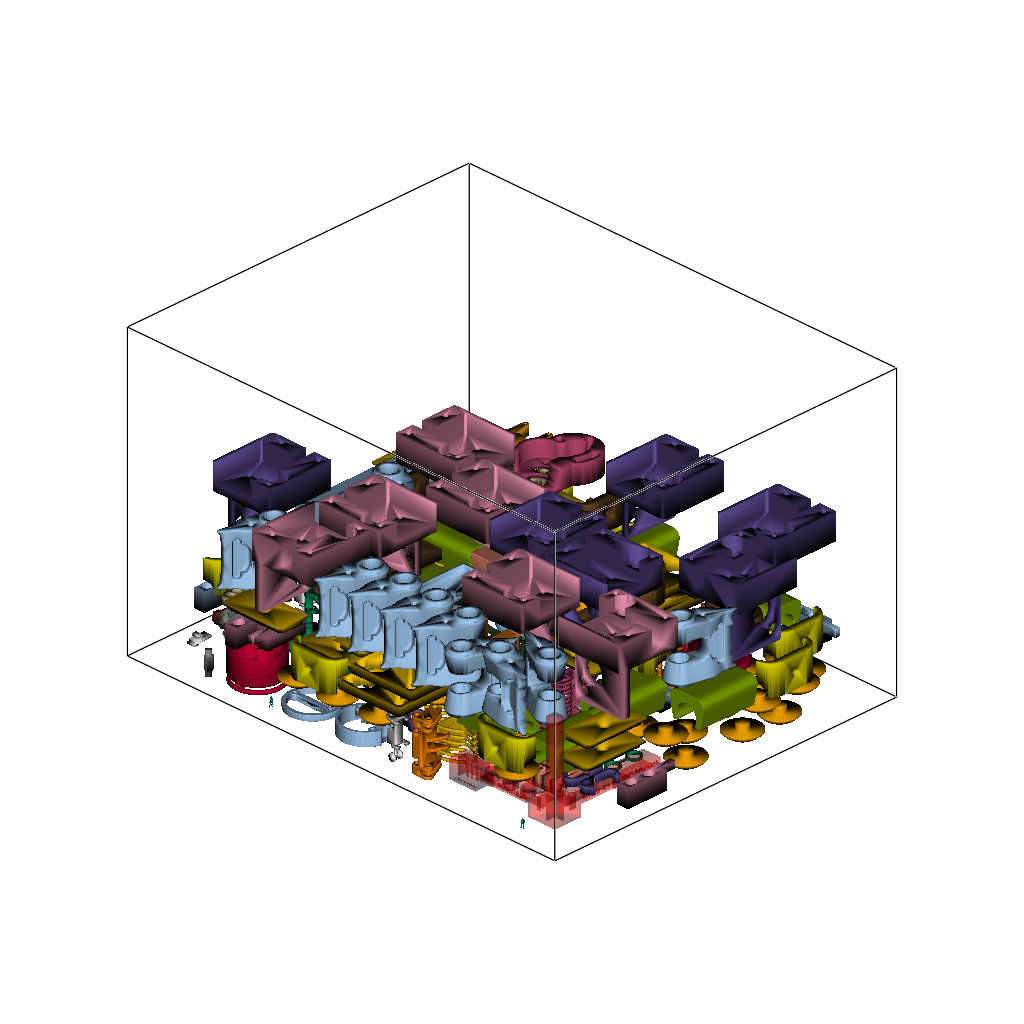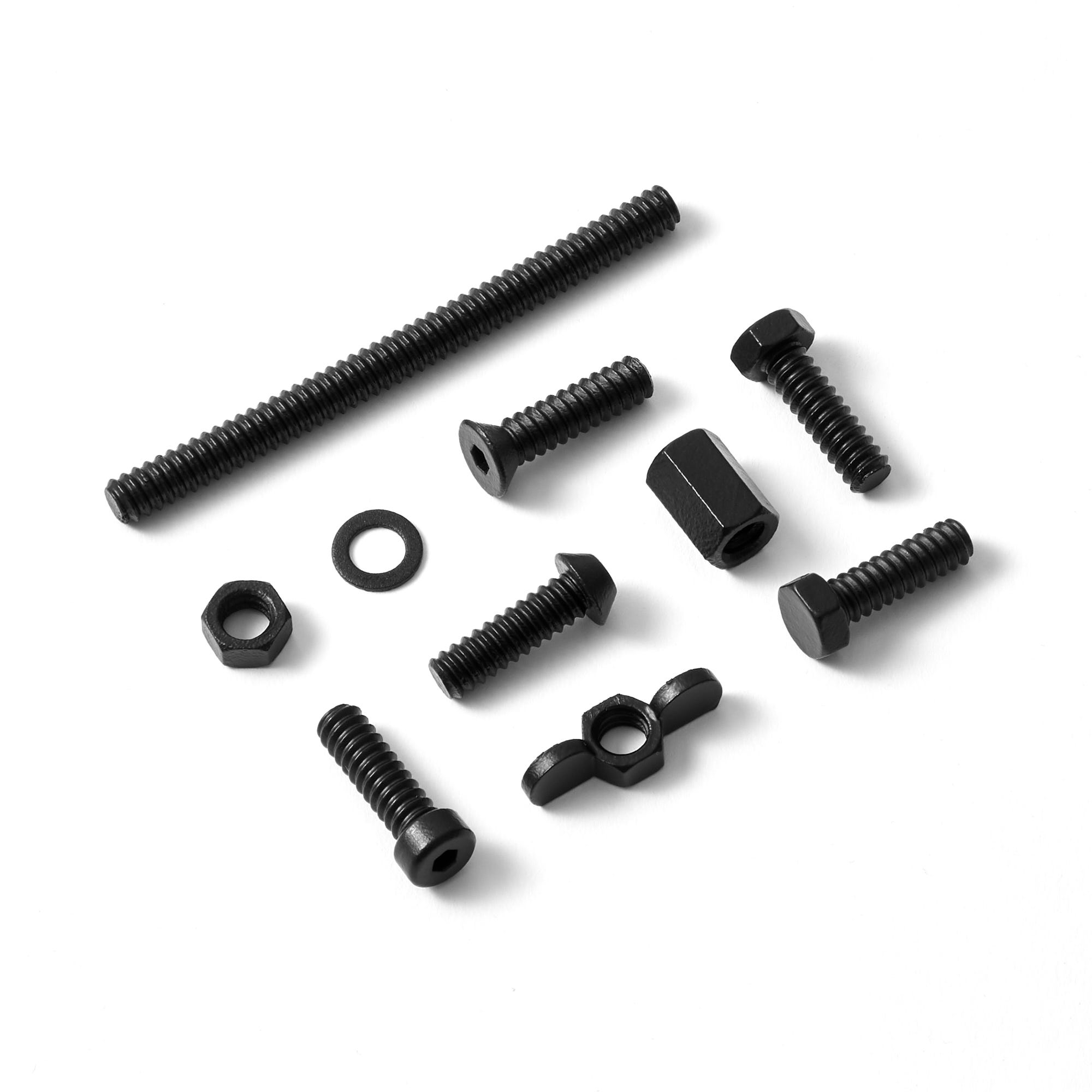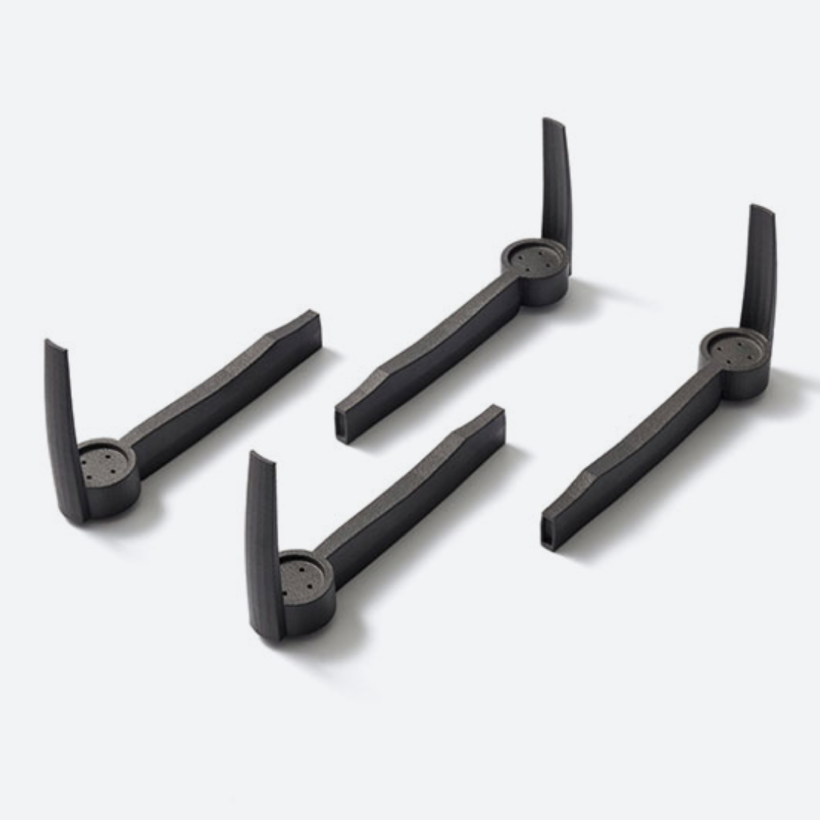
Successful manufacturing begins with matching the correct materials and technology to a specific application. Understanding more about materials like MJF Plastic PA12 and MJF Plastic Glass Beads is not only inspiring, but allows designers to take one more step in bringing projects alive successfully. With such an abundance of products available today, the key is to recognize the advantages of suitable materials, finishes, and become informed on how the different 3D printing processes work too. It’s also important to understand the differences between Multi Jet Fusion (MJF) and other similar powder-based technologies like Binder Jetting (BJ) and Selective Laser Sintering (SLS).
HP released Multi Jet Fusion technology in 2016 with great fanfare. Previous to the much-awaited release, there was tremendous buzz about a powerful new 3D printer on the horizon, and one capable of exponentially faster production than anything currently on the market at the time. HP did not miss the mark at all either, bringing forth a printer that took processes like Selective Laser Sintering (SLS) and Binder Jetting one step further, doing away with lasers and binders, and using two different types of liquid agents during the printing process for jobs requiring higher detail and better surface finish.
How Multi Jet Fusion Technology Works
Multi Jet Fusion falls into the powder-based category, but uses an inkjet array that moves back and forth depositing adhesive agents onto the powder bed, where the nylon powder particles are then melted with thermal heat.
MJF is an undeniably powerful 3D printing technology, leading to improved speed in production and vast output in comparison to other 3D printers. Because it is often also best-suited for applications requiring tough prototypes and parts, MJF results in the manufacturing of many exciting complex geometries not previously possible with traditional methods.
Once 3D models have been designed, Shapeways production engineers nest them together using proprietary, purpose-built software that yields colorful, automated visualization. Like putting a puzzle together, proper arrangement of all the parts to be 3D printed at once is necessary to a successful build, nesting and stacking to make the most efficient use of the entire build volume.

Smart packing is also the secret behind accuracy and repeatability in parts at Shapeways—every single time. With Multi Jet Fusion, supports are not required. Not only does this lead to greater design freedom as supports don’t have to be considered, nesting of hundreds or even thousands of parts is possible in MJF 3D printing.
The 3D printing process is set into motion as a thin layer of powder is dispersed on the print bed. A fusing agent is then sprayed on the powder to heat the material. The detailing agent is added around the part, evaporating and cooling the area. Due to these abrupt thermal transitions, molten layers fuse together, resulting in the desired solid 3D printed structure. Parts made via MJF 3D printing are uniformly strong due to evenly dispersed temperatures. After cooling, the build is unpacked, and post-processing begins as powder is removed through automated blasting. Afterward, high-resolution parts are ready for use whether as prototypes or for critical applications.
The Benefits of Using Multi Jet Fusion for End-Use 3D Printed Parts
Although there may not be a wide variety of materials to choose from in comparison to other 3D printing technologies and it may be hard to produce more curved geometries in some cases, the drawbacks in using MJF 3D printing are few. The benefits, however, are expansive, including:
- Higher resolution, greater density, and excellent mechanical properties.
- Ability to print in moving and interlocking parts.
- Greater strength over other methods because thermal energy is so deeply absorbed during the 3D printing process.
- Fast turnaround in production because so many pieces can be printed at once.
- Sustainability in manufacturing due to recycling of materials. The mix ratio in MJF is usually around 80 percent re-used powder, and 20 percent virgin.
Multi Jet Fusion Materials Offered at Shapeways

MJF Plastic PA12 – Featuring a slightly grainy finish in gray or black, this versatile material is also available in a natural or smooth and slightly glossy finish. Used for industrial applications due to its low porosity and optimal mechanical properties, strength, durability, and stiffness, MJF PA12 supports complex geometries and parts with thinner features, and is popular for applications like:
- Drone parts
- Prosthetics
- Mechanical and structural parts
- Mounts and cases
- Technical accessories
- Home décor
Explore technical documents and design guidelines for MJF Plastic PA12 here. This material is also known as HP Multi Jet Fusion PA12, Professional Plastic, HP Nylon Plastic, PA12, and Polyamide.

MJF Plastic PA12 Glass Beads – Available in gray and dark gray, 40% of this unique material is infused with glass beads for added strength and stiffness, while still offering good flexibility. PA12 Glass Beads are also relied on for manufacturing parts that will last over the long term, as well as offering continued accuracy and repeatability in the following applications:
- Tooling
- Robotics
- Drone parts
- Medical braces
- Housings and cases
Explore technical documents and design guidelines for MJF Plastic PA12 Glass Beads here. This material is also known as HP PA12 Glass Beads, PA12 GB, Glass-Filled PA12, PA12 GF, and Nylon 12 GB.
About Shapeways
Contact Shapeways now to enjoy the benefits of advanced technology and materials for manufacturing creations with accuracy, complex detail, and no minimum or limits in terms of mass customization or single part orders. Shapeways has worked with over 1 million customers in 160 countries to make over 20 million parts! Read about case studies, find out more about Shapeways solutions, and get instant quotes here.

